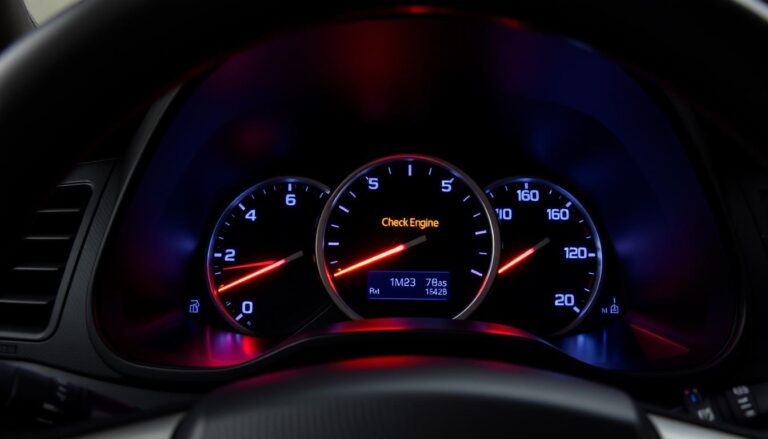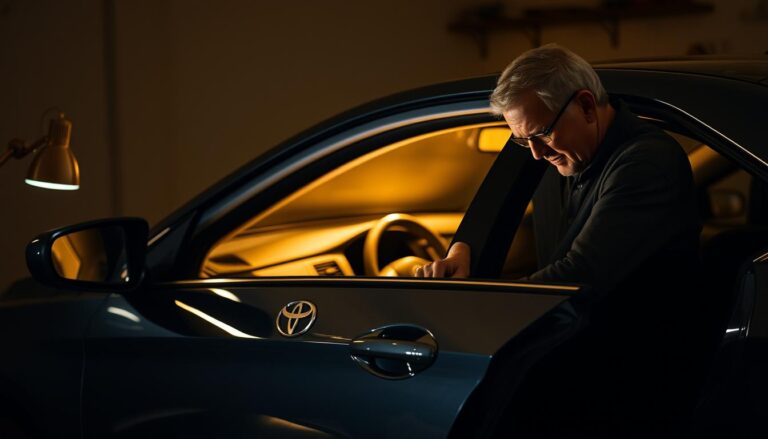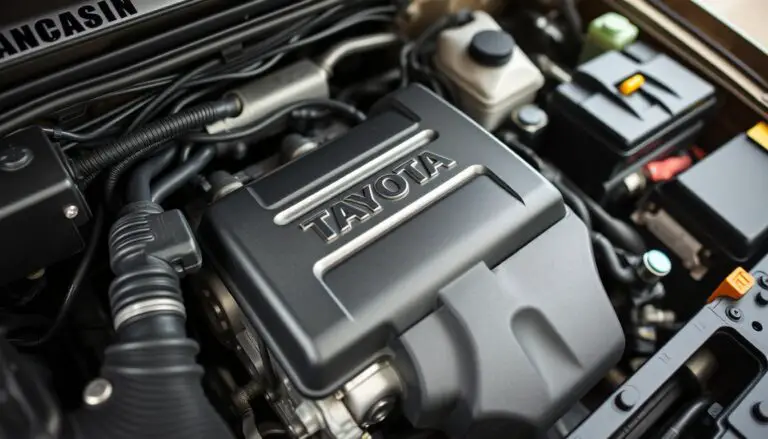Bluetooth connects your phone to the car for hands‑free calls and music, but short‑range radio quirks can make the link seem unreliable. Minor radio noise, full pairing lists, or mismatched software often cause a problem that looks worse than it is.
Start with simple checks: confirm device compatibility in the owner’s manual, remove old pairings on both phone and vehicle, then restart and re‑pair. Software on phones and on the car system changes over time, so applying updates can fix stubborn connection failures.
Interference from Wi‑Fi, wearables, or other electronics may cause dropped audio or disconnects; disabling nearby devices and keeping the phone unlocked and close during pairing helps. If problems persist after cleanup and updates, a dealer firmware update or diagnostics can rule out corrupted pairing data or hardware faults.
Key Takeaways
- Check compatibility—verify your phone and vehicle are listed as compatible.
- Clear old pairings, restart both devices, then perform a fresh pairing.
- Update phone OS and vehicle firmware to resolve profile mismatches.
- Reduce interference by turning off nearby hotspots and wearables.
- Test with another handset and consider dealer diagnostics for persistent faults.
Before You Start: Understand Toyota Bluetooth Issues and Driver Impact
Before you touch any settings, take a quick inventory of symptoms and when they happen. A short review helps separate a simple pairing glitch from a deeper system fault.
Common symptoms
Typical signs include a phone that pairs intermittently, a car that shows connected but plays no audio, dropped calls on the road, or a pairing that times out repeatedly.
Why it happens
Software mismatch between a handset and an older head unit can break profiles and slow pairing. Outdated firmware in the vehicle often causes the system to fail with newer phone OS releases.
Interference from in‑cabin gadgets, nearby Wi‑Fi, or crowded radio bands can reduce signal strength and create weak connections. Overloaded pairing memory may freeze the interface, switch to the wrong device, or refuse new entries.
- One‑day‑on/one‑day‑off behavior usually signals configuration or memory conflicts, not immediate hardware failure.
- USB or wired inputs can change audio routing and mimic a connection problem.
- Test multiple phones to see if the problem follows a single phone or the vehicle itself.
Tip: Spend a few minutes checking phone and system version notes and clearing old pairings — this simple diagnostic can save a lot of time.
Step-by-Step Fixes to Resolve Toyota Bluetooth Issues
A stepwise approach narrows the cause quickly and gets your phone-car connection back sooner.
Confirm compatibility and update versions. In the phone menu check supported profiles and confirm the car menu lists your exact model and version. Update phone and head-unit software to remove profile mismatches that block Bluetooth working reliably.
Clear old pairings, then reboot. Delete the car entry from the phone and remove the phone from the vehicle menu. Power down both the phone and the multimedia system, restart, then follow the pairing prompts in the car menu.
Install head‑unit firmware if an update is available. From the system menu check the current version, apply firmware updates, and re‑test with a fresh pairing to verify the Bluetooth connection.

Reduce interference by turning off nearby devices like wearables and hotspots. Keep the phone within a few feet during setup and avoid many devices competing on wireless channels.
Adjust phone settings: make sure Bluetooth is on, disable airplane mode, and relax battery‑saver rules that may suspend radios. If nothing works, reset network settings in the phone menu as a last resort and repeat a single, clean pairing.
- From the vehicle menu select Add Device, confirm the PIN on both screens, and allow contacts/audio permissions.
- Test with a short call and an audio clip, then drive a short loop to confirm stability.
- Note the system and phone version that solved the problem for future reference or dealer help.
Special Cases: Apple CarPlay, Android Auto, and Input Conflicts
A USB connection can silently override wireless audio and call paths when using Apple CarPlay or Android Auto. That often makes drivers assume the Bluetooth connection failed, even though the car simply switched inputs.

How the system behaves: Many vehicles route navigation, streaming, and phone calls over the wired channel to reduce latency and improve data throughput. This is by design and not a malfunction.
USB takes priority
When the phone is plugged in, the car may route music and phone calls through USB. Even if the phone shows connected wirelessly, audio can go through the cable.
Best practices for switching sources
- To resume wireless streaming, disconnect the USB cable, wait a few seconds, then select Bluetooth as the active source.
- Make sure the phone allows both call and media profiles and avoid connecting via USB and wireless at the same time.
- Disable aggressive battery optimization on the phone to prevent dropped phone calls Bluetooth or streaming while navigation runs over USB.
- Confirm the active source on the car system display to remove guesswork.
“Pause playback before switching inputs to prevent clipped tracks or dropped sessions.”
If both USB and wireless fail across multiple devices, collect the steps that trigger the fault and seek firmware or hardware diagnostics.
When the Connection Still Fails: Advanced Checks and Service Options
When basic resets and pairings fail, move to deeper checks that separate data corruption from hardware faults.
Reset cached stacks and clear pairing memory
On the phone: reset network settings to clear Bluetooth and Wi‑Fi caches. Remember this also removes saved Wi‑Fi passwords.
In the car: use the menu to delete unused entries so the head unit can rebuild a clean pairing list.
Spot corrupted data vs. hardware failure
If one phone pairs but others do not, the problem is likely phone software or settings. If no phones connect and the interface freezes, suspect the head unit or antenna.
When to visit a service center
Document times, devices tested, and reproduce steps. A service center can run signal checks, compare model and firmware IDs, and test audio and radio behavior.
| Symptom | Likely cause | Service action |
|---|---|---|
| Only one phone fails | Phone software or settings | Reset phone, update software |
| No phones pair; UI freezes | Head unit memory or hardware fault | Diagnostic, firmware update, module replace |
| Intermittent drops at same time of day | Background tasks or thermal load | Log review, controlled test drives |
“Bring screenshots, a device list, and the exact steps that reproduce the problem to speed diagnosis.”
Schedule the visit at a trusted service center so technicians can apply updates or replace modules if needed.
Conclusion
Finish with a quick, methodical check: verify the phone and head‑unit version, clear stale pairings on both sides, then restart and re‑pair the devices to get the system back to a clean state.
Make sure Bluetooth is enabled, confirm contact and media permissions in the menu, and keep only active devices paired. These small steps reduce confusing device names and repeated problems that return within one day.
Validate results with a short drive test: place a call and play a track to confirm car Bluetooth working and stable phone calls Bluetooth while the vehicle moves.
If the fault repeats, schedule a visit to a service center so technicians can read logs, update firmware, or replace modules. Most problems are fixable at home, but professional tools speed diagnosis for persistent faults.


